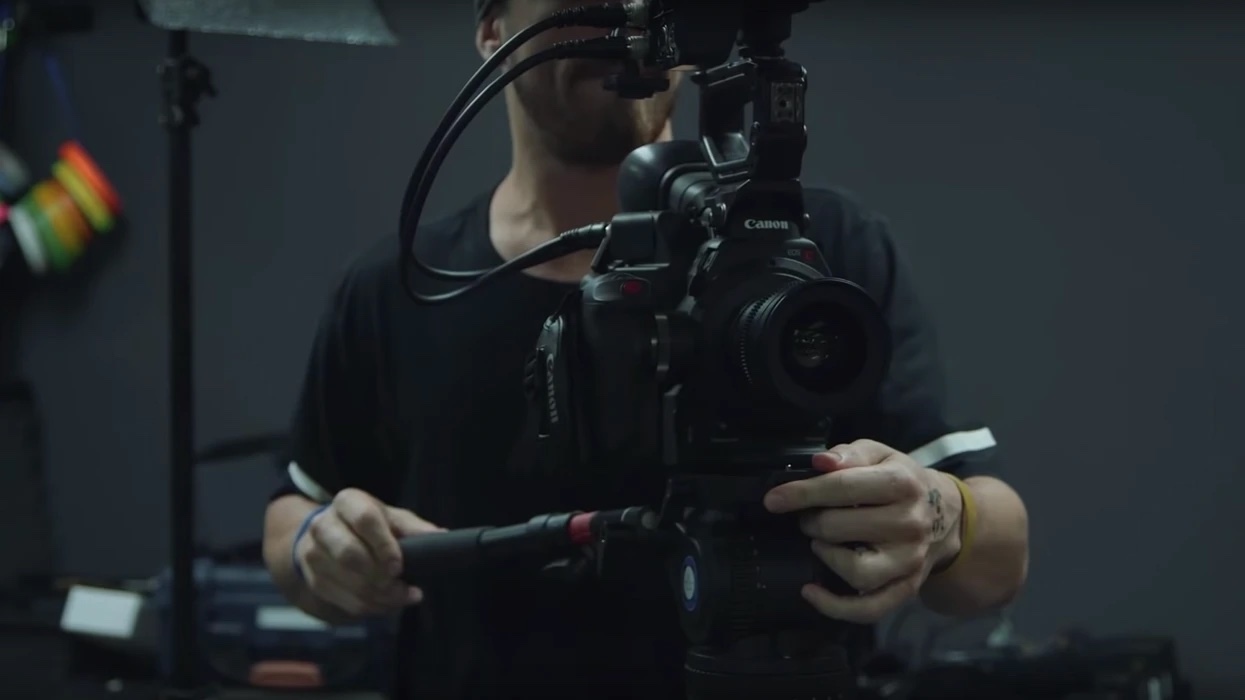
Cooling Off on Set: Innovative Strategies for Managing Temperature in Film Production
The film production environment is a dynamic and demanding workspace where temperature management plays a crucial role in ensuring the comfort, safety, and performance of the cast and crew.
Effective temperature control strategies not only improve working conditions but also enhance the quality of the final product. This article delves into innovative and practical approaches to managing temperature on film sets, highlighting key techniques and technologies reshaping the industry’s approach to climate control.
Strategic Planning and Assessment
Pre-Production Climate Analysis
- Site-Specific Challenges: Every filming location presents unique climate challenges. Conducting a thorough analysis of weather patterns, humidity levels, and temperature variations at prospective filming locations is essential. This assessment enables the production team to anticipate and prepare for specific environmental conditions.
- Tailored Solutions: Production teams can develop tailored strategies based on the climate analysis. For instance, filming in a desert requires different approaches compared to a humid rainforest setting. This might include scheduling filming during cooler parts of the day or utilizing specific types of climate control equipment.
- Expert Consultation: Engaging climate experts or meteorologists during the planning phase can provide valuable insights into long-term weather forecasts and environmental risks. This information is crucial for developing contingency plans, such as securing alternative indoor locations or adjusting production schedules to avoid adverse weather conditions.
Incorporating Temperature Control into Production Design
- Set Design Considerations: The set’s design can play a significant role in temperature management. Utilizing materials that reflect sunlight, designing ventilation into set construction, and strategically placing natural shade can significantly reduce heat accumulation.
- Technology Integration: Modern set designs increasingly integrate temperature control technologies. Features like embedded cooling systems or heat-absorbing materials help maintain a stable environment, especially in enclosed or crowded set locations.
- Collaborative Design Approach: Involving the production design team, directors, and cinematographers in discussions about temperature management ensures that the functional aspects of climate control are seamlessly integrated into the aesthetic and practical requirements of the set. This collaborative approach leads to innovative solutions that enhance both the visual appeal and the comfort of the filming environment.
Advanced Cooling Technologies
Innovative Cooling Equipment
- These units offer flexibility and can be strategically placed around the set to provide localized cooling. They are particularly useful in enclosed spaces or areas where traditional air conditioning systems are impractical. Regular maintenance of these units is crucial for optimal performance. In case of malfunctions, having a reliable ‘AC repair near me‘ service identified in advance can ensure minimal downtime.
- Evaporative Coolers: Swamp coolers are effective in dry climates and operate by evaporating water to cool the air. They consume less energy than traditional air conditioners and are ideal for outdoor sets.
- High-Tech Climate Control Systems: Advanced climate control systems that can be remotely monitored and adjusted provide precise temperature management. These systems use sensors to continuously assess the environment and adjust settings in real-time, ensuring optimal conditions throughout production.
Cutting-Edge Clothing and Accessories
- Cooling Vests and Apparel: The cast and crew can wear these garments, designed with materials that help regulate body temperature. They are particularly useful for actors in heavy costumes or makeup.
- Personal Cooling Devices: Items like handheld misting fans and cooling neck wraps provide immediate relief and can be easily distributed among the crew for personal use.
- Technologically Enhanced Costumes: Incorporating temperature-regulating fabrics and micro-cooling systems into costumes, especially for characters wearing heavy or elaborate outfits, significantly improves actor comfort. This technology can be particularly beneficial in scenes requiring extended periods of filming, ensuring that actors remain focused and comfortable.
Best Practices in Workflow Management
Scheduling for Optimal Temperatures
- Time of Day Considerations: Scheduling scenes that require intense physical activity or elaborate costumes during cooler parts of the day can significantly reduce heat stress.
- Extended Breaks: Allocating longer breaks during the hottest parts of the day allows cast and crew to recuperate and stay hydrated, maintaining efficiency and focus.
- Adaptive Filming Schedules: Flexibility in filming schedules, allowing for adjustments based on daily weather forecasts, can be a game-changer. This adaptive approach ensures that the crew can capitalize on cooler periods or shift to indoor locations during extreme weather, thereby maintaining productivity without compromising safety.
Hydration and Health Monitoring
- Hydration Stations: Setting up easily accessible hydration stations throughout the set ensures everyone stays hydrated. Providing electrolyte-enhanced beverages can also help in maintaining balance in extreme temperatures.
- Health Monitoring Protocols: Implementing protocols to monitor signs of heat stress or cold exposure in crew and cast members is vital. This includes regular check-ins and having medical personnel on standby for immediate response.
- Educational Initiatives: Providing training sessions on recognizing and preventing heat-related illnesses empowers the crew and cast to take proactive measures. These sessions can include guidelines on hydration, the importance of taking scheduled breaks, and the use of personal cooling devices. An informed team is better equipped to handle extreme temperatures, ensuring a safer set environment.
Conclusion
Effective temperature management on film sets is not merely about comfort—it’s crucial to ensuring a safe, efficient, and creative working environment.
By incorporating strategic planning, leveraging advanced technologies, and adhering to best practices in workflow management, film productions can tackle the challenges of climate control head-on. Embracing these innovative strategies not only enhances the well-being of everyone involved but also contributes to the overall success and quality of the cinematic masterpiece being created.



